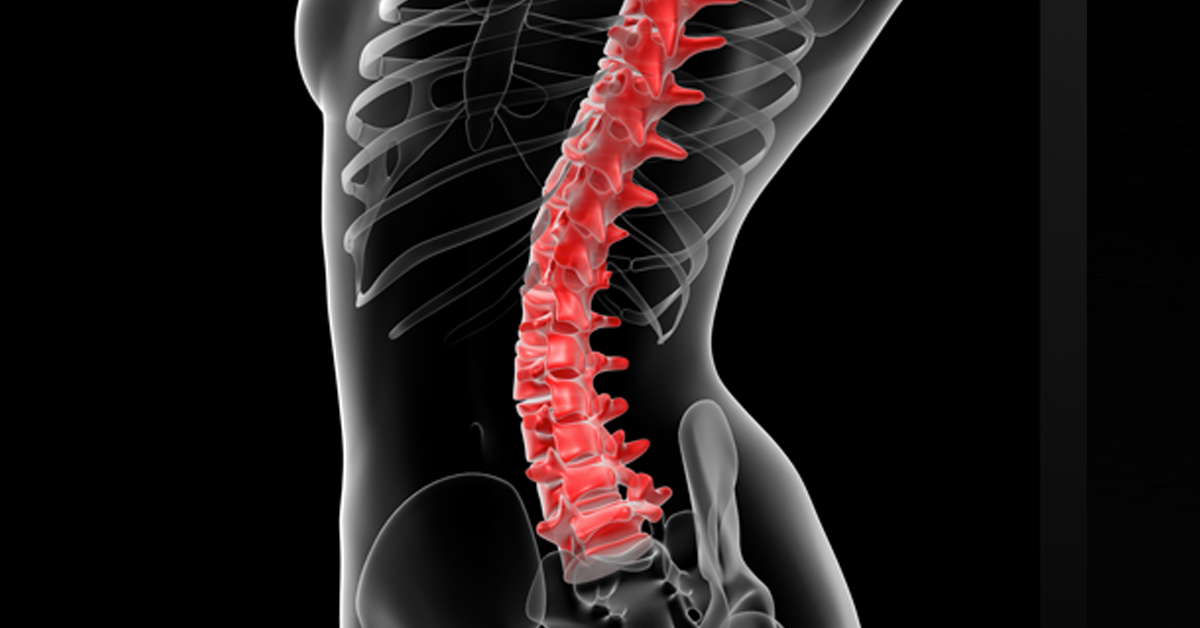A lumbar sympathetic block is where the function of a nerve is completely blocked off using a local anesthetic agent.

What is Lumbar Sympathetic Blocks and Neurolysis?
Within the body, there are nerve fibers that arise from the spinal cord that help regulate blood pressure and heart rate, along with a variety of other functions. These nerve fibers are called sympathetic nerve fibers, and they form a part of the autonomic nervous system. Some of these sympathetic nerve fibers lie around the lumbar spine and are involved in regulating the functions of the blood vessels in the lower part of the body, along with other organs such as the bladder. A lumbar sympathetic block is where the function of these nerves is completely blocked off using a local anesthetic agent. This is called neurolysis.
Who needs Lumbar Sympathetic Blocks and Neurolysis?
A lumbar sympathetic block is performed in a variety of clinical conditions that cause pain, swelling and alteration in the normal physiology of the lower extremities. Some conditions include peripheral vascular disease, reflex sympathetic dystrophy or complex regional pain syndrome, herpes zoster of the legs, phantom pain following limb amputation, and even pain due to cancer.
The procedure is avoided in patients who are on blood thinning medication, those who have known allergies to the drugs used, and those who are suffering from an active infection or have problems with bleeding.
What are the steps in Lumbar Sympathetic Blocks and Neurolysis?
Preparing for the Procedure
After obtaining the required consent from the patient, they are asked to lie down on their stomach so that access can be obtained to the lower back. The patients are monitored throughout the procedure. Patients may be offered a small dose of sedative to reduce levels of anxiety.
Cleaning and Numbing the Skin
The location to inject the drugs is identified using an x-ray or ultrasound machine. The skin on the back is cleaned with an antiseptic solution and a small amount of local anesthetic is injected into the skin.
Performing the Procedure
A needle is then passed towards the sympathetic nerves and a local anesthetic which may be combined with a steroid injection is injected. This acts on the nerves and blocks the conduction of nerve signals along the course of these nerves. The entire procedure takes about half an hour to complete.
After Surgery
Immediately after the injection has been completed, patients may feel a warm sensation in their legs or even a slight amount of tingling or pain. This is normal and usually passes in a few minutes.
Once the procedure is complete, the patient is observed for a few hours and then discharged home. Patients are advised not to drive and it is recommended that a family member or friend take them home.
The main benefit of this procedure is an almost instant relief of pain. While this is initially due to the local anesthetic injected, this steroid also helps reduce inflammation, which allows for the pain reduction and relief the last for a lot longer. Patients may require repeat injections in the future.
Common risks may include bleeding and mild bruising at the site of injection, which can actually be worse if the patient is on blood thinning medication. The injections are ideally avoided in patients who have an active infection or those who suffer from severe heart disease.
